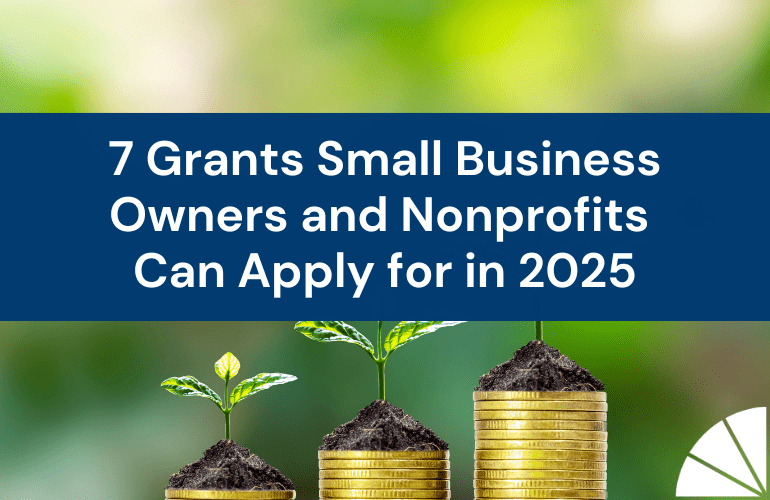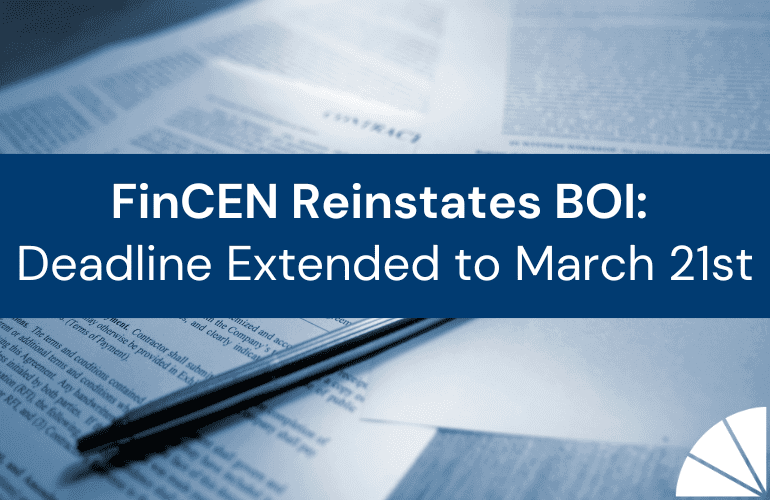
When structuring and maintaining an employee benefit plan (EBP), the process of conducting a plan audit by an outside CPA is a necessary step to assess plan accuracy and ensure long-term viability while remaining compliant with applicable laws and regulations. Generally, plans with more than 100 eligible participants will trigger an audit requirement, and completion of such will be an important piece of an accurate 5500 filing to avoid potential penalties.
Plan audits can be very complex, requiring the examination of financial reports provided by both a third-party payroll company as well as a plan sponsor’s internal finance team. Having a retirement plan advisor whose service model is to work in conjunction with the CPA auditor throughout the process can greatly increase the chance for a successful audit.
After years of assisting in such plan audits on behalf of our clients, we thought it helpful to address some key insights, common pitfalls, and proven pointers from the vantages of both the CPA auditor and retirement plan advisor.
EBP Audit Common Issues from a CPA Auditor
- The payroll system may not be set up to calculate contributions using the correct eligible compensation as defined in the plan documents.
- Supplemental pay runs (pay runs administered outside of the normal frequency) may not have had contributions withheld or could have had amounts withheld but not remitted in a timely manner.
- Many clients have trouble administering auto enrollment—with enrollment coming too late or missed completely.
- A change in service providers (payroll, recordkeepers, custodians, etc.) can present problems in ensuring the new platforms are designed to operate in accordance with plan documents, as well as trouble with obtaining and providing the proper reports and information to the auditor.
- Audits are sometimes not started early enough, resulting in a scramble to provide documentation or not resolving issues in a timely manner prior to the filing deadline.
CPA Pointers for a Successful Audit
- Start early on an audit to provide ample time and attention to detail.
- Have payroll reports pulled, ready, and organized prior to the beginning of an audit.
- Provide auditor all of the different service provider contacts and access to all pertinent websites.
- Provide the items from the auditor’s request list ahead of the audit fieldwork date.
- Reconcile annual contributions withheld from payroll to the contributions deposited on the custodian’s trust report ahead of the audit.
- Once fieldwork has started, be available and responsive to additional requests and questions to ensure timely resolution of issues.
EBP Audit Preparation Insights from a Retirement Plan Advisor
- Review plan documents and the definition of compensation.
- Make sure payroll pay codes line up with plan documents.
- Understand the deadlines needed to ensure recordkeepers can perform annual testing and 5500 preparation in a timely manner.
- Payroll census should be completed by January 31st to stay ahead of other deadlines throughout the year.
- If you have implemented auto-enrollment, allow enough administrative time to properly enter newly eligible employees into the p
- Try to avoid ‘Immediate Eligibility’ with ‘Immediate Entry’ designations.
- ‘Monthly Entry’ could greatly reduce the potential for mistakes and missed required disclosure notices.
Retirement Plan Advisor Actions to Help Facilitate a Successful Audit
- Introduce all CPAs and retirement plan advisors to each other to help foster a close working relationship.
- If a new payroll administrator is hired, make sure they understand the pay codes and what the retirement plan deferrals should entail.
- Run a protected benefit analysis to help reduce costs and/or relaunch a retirement program to get people excited about a new phase of business growth.
- Before M&A activity, sign a non-disclosure agreement and start reviewing the retirement plans early in the process.
- If preparing for an M&A deal, conduct an audit prior to rolling plans together.
- Conduct a mock RFP of two merging plans to make sure the cost structure and service agreement will be optimal after an M&A deal is completed.
By working closely with your CPA auditor and retirement plan advisor in preparation for an employee benefit plan audit, businesses can help avoid many of the common pitfalls of the process. Starting early by reviewing your plan documents and gathering your financial reports for the audit, and then fostering a close working relationship between all parties throughout can help mitigate any issues that may arise and give you the best chance for a successful outcome.
An EBP audit can help to safeguard the financial integrity of the plan and avoid regulatory authorities from asking for additional information. The Department of Labor and Internal Revenue Service have set up numerous ways for your Plan to self-correct mistakes. Your CPA auditor and retirement plan advisor should both be aware of the challenges ahead and should be proactive in helping you avoid any future and potentially costly missteps. If you feel you may need help with your EBP audit, please reach out to LGA, or if you would like help with your retirement plan advisory, please contact Sapers and Wallack.

Scott Tuxbury, CPFA | Vice President, Retirement & Wealth Management | Sapers & Wallack
Scott Tuxbury leads the Retirement and Wealth Management practices for Sapers & Wallack. Scott has dedicated his career to help plan sponsors navigate the ever-changing world of ERISA for over 20 years, and takes great pride in helping employers strategize the best way to maximize the efficiency of their retirement programs. He has a thoughtful and caring approach to helping individuals understand our financial planning process, illuminating ideas on how to become retirement ready, and strategizing creative tax management solutions.






